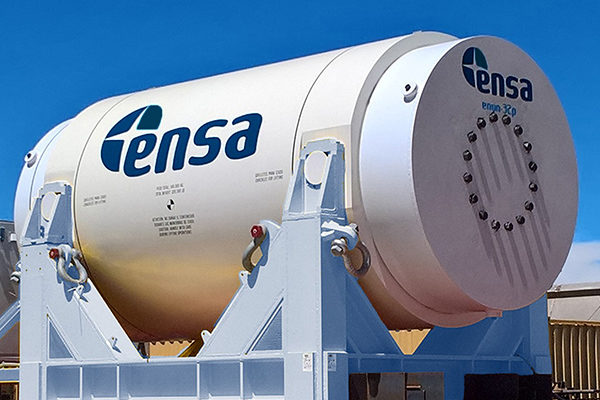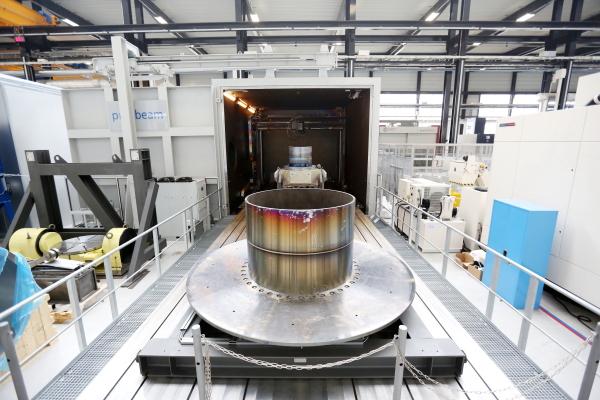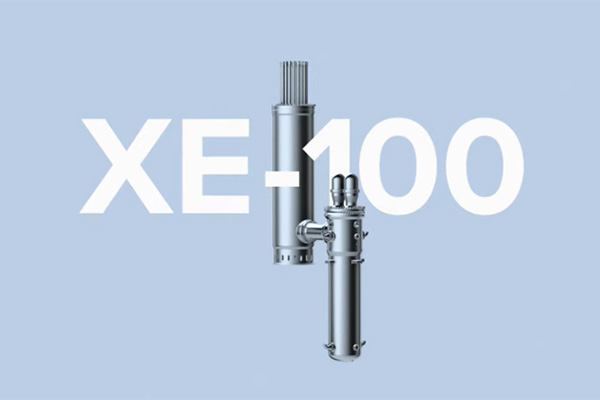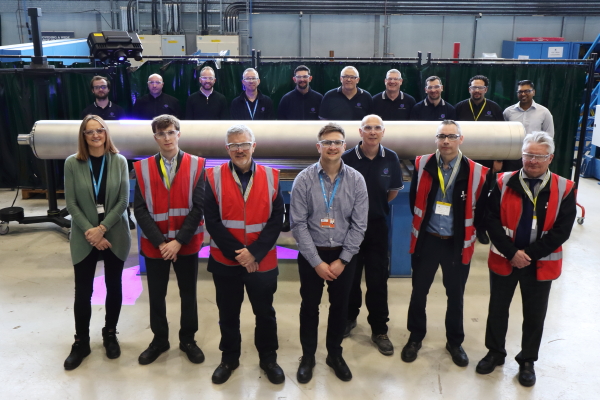International nuclear engineering group ENSA is joining the Nuclear AMRC to develop new capabilities in electron beam welding.
Based in Spain, Equipos Nucleares SA (ENSA) is a leading manufacturer of equipment for nuclear power plants. It has extensive experience in manufacturing large components including steam generators, reactor pressure vessels and heads and heat exchangers, as well as fuel containers, racks and nozzles, and also offers a range of services to the sector across new build, operations and decommissioning.

The Nuclear Advanced Manufacturing Research Centre (Nuclear AMRC), based at the University of Sheffield and part of the UK’s High Value Manufacturing Catapult, collaborates with companies of all sizes to help them develop and prove advanced manufacturing techniques.
ENSA has previously collaborated with the Nuclear AMRC on a number of projects, including international R&D projects funded by the European Horizon 2020 programme, in areas such as intelligent robotic systems for automated weld grinding, and addressing the root causes of stress corrosion cracking in reactor components.
Joining the Nuclear AMRC as a tier two member allows ENSA to work more closely with the centre’s researchers, with a focus on investigating and developing electron beam welding techniques for a range of components.
“ENSA is a leader in fabricating nuclear components using well-established welding technologies, and we will work together to explore the use of electron beam welding to fabricate such components,” says Thomas Dutilleul, welding engineer at the Nuclear AMRC. “We will collaborate to assess the maturity of this new technology and understand where it fits and how it differentiates itself from other technologies, to help ENSA decide if it makes sense to adopt electron beam welding and what work is necessary to do so.”
The Nuclear AMRC is a recognised leader in electron beam welding techniques for nuclear industry applications, with two vacuum chambers at its South Yorkshire research factory including what is believed to be the largest available for collaborative R&D anywhere in the world.

By using a high-power stream of electrons to join thick sections with a single pass, electron beam welding is typically around ten times quicker than traditional arc welding and can significantly reduce production costs. With a minimal heat-affected zone and no need for filler materials, it can also offer significant material advantages for safety-critical nuclear fabrications.
“Given the current trends in the nuclear market with regards to the manufacture of fourth-generation power plants, the reduction of manufacturing times is a maxim to be considered. This is the main reason why it is essential to have equipment that reduces current production times,” says David Solana, head of welding development at ENSA.
“Electron beam welding technology not only provides improvements in times, but also eliminates the cost of welding consumables, distortions – and, therefore, machining rework, with its corresponding costs – and can even minimise inspection requirements.”
ENSA is partnering with the Nuclear AMRC to improve its expertise in electron beam welding by drawing on the centre’s extensive knowledge and equipment. The company says that working with the Nuclear AMRC will help it reduce costs, improve quality and reduce risk in manufacturing through R&D projects to overcome or technically support its new manufacturing challenges.
- Find out more about membership of the Nuclear AMRC.






